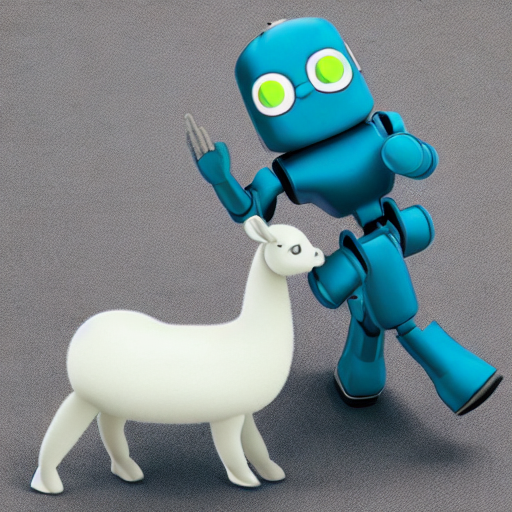Baolin Peng*, Chunyuan Li*, Pengcheng He*, Michel Galley, Jianfeng Gao (*Equal Contribution)
[Project Page] [Paper]
This is the repo for the GPT-4-LLM, which aims to share data generated by GPT-4 for building an instruction-following LLMs with supervised learning and reinforcement learning. The repo contains:
- English Instruction-Following Data generated by GPT-4 using Alpaca prompts for fine-tuning LLMs.
- Chinese Instruction-Following Data generated by GPT-4 using Chinese prompts translated from Alpaca by ChatGPT.
- Comparison Data ranked by GPT-4 to train reward models.
- Answers on Unnatural Instructions Data from GPT-4 to quantify the gap between GPT-4 and instruction-tuned models at scale.
Usage and License Notices: The data is intended and licensed for research use only. The dataset is CC BY NC 4.0 (allowing only non-commercial use) and models trained using the dataset should not be used outside of research purposes.
- [2023.04.06] Paper and data are released.
Large Language Models (LLMs) have shown impressive generalization capabilities such as in-context-learning and chain-of-thoughts reasoning. To enable LLMs to follow natural language instructions and complete real-world tasks, researchers have been exploring methods of instruction-tuning of LLMs. To advance the state of the art of instruction-tuning for LLMs, we present the first attempt to use GPT-4 to generate instruction-following data for LLM finetuning.
alpaca_gpt4_data.json contains 52K instruction-following data generated by GPT-4 with prompts in Alpaca.
This JSON file has the same format as Alpaca data, except the output is generated by GPT-4:
instruction:str, describes the task the model should perform. Each of the 52K instructions is unique.input:str, optional context or input for the task.output:str, the answer to the instruction as generated byGPT-4.
alpaca_gpt4_data_zh.json contains 52K instruction-following data generated by GPT-4 with Alpaca prompts translated into Chinese by ChatGPT. This JSON file has the same format.
comparision_data.json ranked responses from three models, including GPT-4, GPT-3.5 and OPT-IML by asking GPT-4 to rate the quality.
user_input:str, prompts used for quering LLMs.completion_a:str, a model completion which is ranked higher than completion_b.completion_b:str, a different model completion which has a lower quality score.
unnatural_instruction_gpt4_data.json contains 9K instruction-following data generated by GPT-4 with prompts in Unnatural Instruction. This JSON file has the same format as Alpaca data.
We follow the same reciple to fine-tune LLaMA as Alpaca using standard Hugging Face training code.
To reproduce our results with LLaMA 7B, first setup Alpaca repo and run the following CMDs:
## cmd we used to train LLaMA on 16*V100
torchrun --nproc_per_node=16
--master_port=12345 train.py
--model_name_or_path PATH/TO/LLaMA
--data_path ./data/alpaca_gpt4_data.json
--output_dir PATH/TO/SAVE
--num_train_epochs 3
--per_device_train_batch_size 1
--per_device_eval_batch_size 1
--gradient_accumulation_steps 4
--evaluation_strategy "no"
--save_strategy "steps"
--save_steps 200
--save_total_limit 1
--learning_rate 2e-5
--weight_decay 0.
--warmup_ratio 0.03
--lr_scheduler_type "cosine"
--logging_steps 1
--deepspeed configs/ds_config.jsonTo evaluate the results, we highly recommend users refer to Vicuna as they have provided awesome serving scripts and evaluation piplelines.
@article{peng2023gpt4llm,
title={Instruction Tuning with GPT-4},
author={Baolin Peng, Chunyuan Li, Pengcheng He, Michel Galley, Jianfeng Gao},
journal={arXiv preprint arXiv:2304.03277},
year={2023}
}


